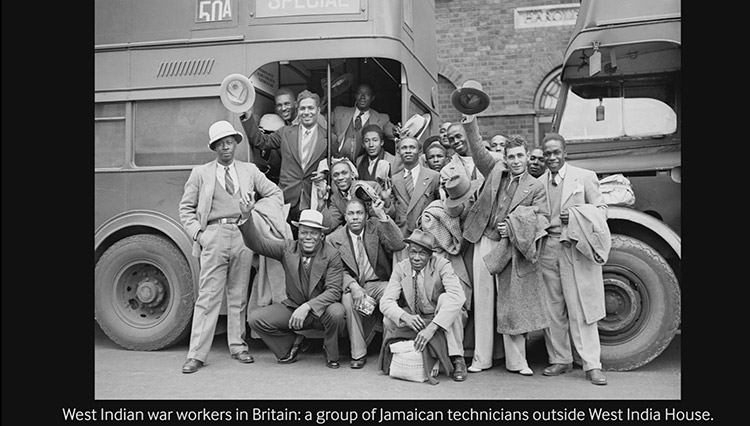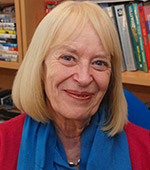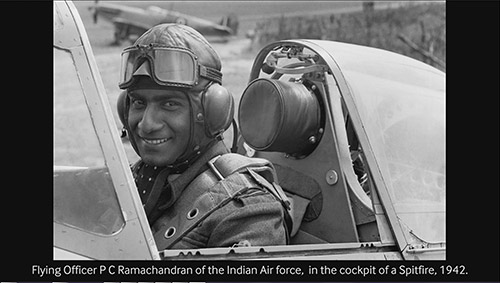The largest, most diverse inward migration in Britain’s history
 The images and videos in this web story appear in the IWM North exhibition, 'Mixing It: The Changing Faces of Wartime Britain', on display until September 2016 and are supplied courtesy of IWM.
The images and videos in this web story appear in the IWM North exhibition, 'Mixing It: The Changing Faces of Wartime Britain', on display until September 2016 and are supplied courtesy of IWM.
Fri, 11 Sep 2015 10:41:00 BST
This forgotten chapter of the country’s history is celebrated in a major exhibition at the Imperial War Museum North ... Mixing It: The Changing Faces of Wartime Britain
 BRITAIN’S stand against Hitler meant that the country saw the largest and most diverse inward migration in its history, as millions of people either fled the Nazis or came to join the fight against Germany and its allies. This remarkable influx was largely forgotten in the aftermath of World War Two, but historians at the University of Huddersfield – led by Professor Wendy Webster – have recovered and collated memories of the period and made them the basis of a new exhibition at one of the UK’s leading museums.
BRITAIN’S stand against Hitler meant that the country saw the largest and most diverse inward migration in its history, as millions of people either fled the Nazis or came to join the fight against Germany and its allies. This remarkable influx was largely forgotten in the aftermath of World War Two, but historians at the University of Huddersfield – led by Professor Wendy Webster – have recovered and collated memories of the period and made them the basis of a new exhibition at one of the UK’s leading museums.
The project – backed by funding of £110,000 from Arts and Humanities Research Council – was timely, because it included oral history interviews with ex-service personnel and Jewish Kindertransport refugees, who are among the last surviving witnesses to the fear and turmoil unleashed in Europe by Hitler and the Nazis.
The exhibition is titled Mixing It: The Changing Faces of Wartime Britain. It has now been launched at Imperial War Museum North in Manchester, where it runs until February. Visitors will see a display of photographs and text and hear audio recordings from interviews carried out by Professor Webster’s research assistants, Dr Janette Martin and Dr Rob Light.
They include the memories of two women who were parted from their German Jewish parents when they were sent to safety in the UK on the Kindertransport trains. There are also memories of the large numbers of Chinese seamen who were vital to the Merchant Navy as it braved U-boats to bring supplies to Britain.
 There are photographs and text displays that tell remarkable stories such as that of Johnny Pohe – a Maori RAF pilot who was murdered by the Gestapo after escaping his POW camp. There are pictures that illustrate the enormous diversity of people who flooded to Britain, including Dutch child refugees, Canadian sailors and aircrew, war workers from the West Indies, Indian pilots, Norwegian seamen and huge numbers of Polish service personnel.
There are photographs and text displays that tell remarkable stories such as that of Johnny Pohe – a Maori RAF pilot who was murdered by the Gestapo after escaping his POW camp. There are pictures that illustrate the enormous diversity of people who flooded to Britain, including Dutch child refugees, Canadian sailors and aircrew, war workers from the West Indies, Indian pilots, Norwegian seamen and huge numbers of Polish service personnel.
“But in the post-war period, this history of diversity was basically forgotten,” says Professor Webster, who has conducted extensive archival research for Mixing It, which will also include a book, to be published next year. Meanwhile, on Sunday 4 October (2pm) she will be joined by her colleagues Dr Light and Dr Martin at Imperial War Museum North for a free talk on the project and its findings.







